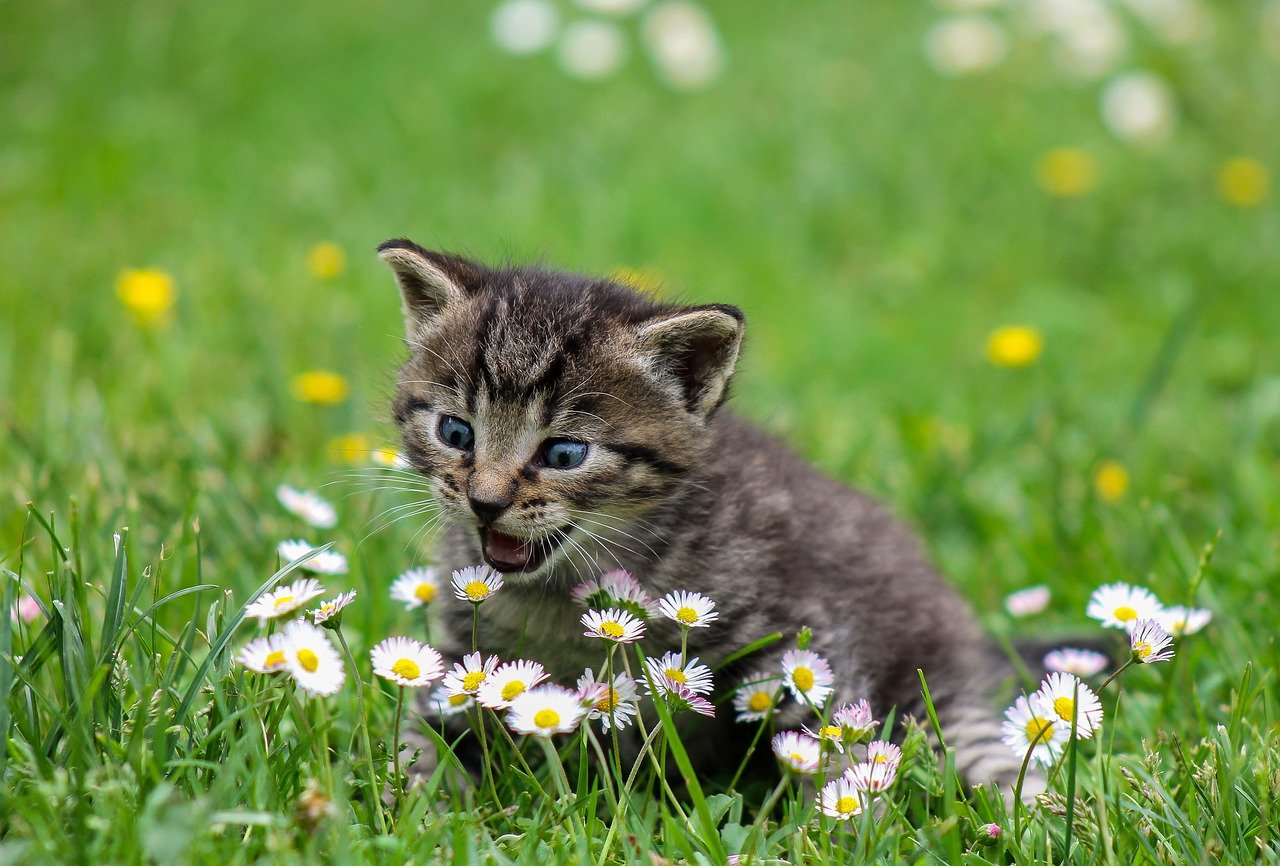We humans aren’t the only ones who need to watch our waistlines. Maintaining a healthy weight is essential for a long and fulfilling life for our pets, too. But they don’t have control over their weight; we, the pet owners, do, and we often overfeed our four-legged friends.
In an interview for petmd.com, Dr. Jim Dobies, a veterinarian in Charlotte, North Carolina, said one of the simplest ways to gauge a pet’s weight is to stand above it and look down. Both cats and dogs should taper in between their abdomen and their hip socket.
“You should be able to feel their ribs but not see them. If you can see them, they are too skinny,” Dr. Dobies said. “If you can’t see their ribs, and place your hands on the side of their chest and still can’t, they’re overweight.”
Pet owners can also use body condition score charts from sources such as www.mypetsdoctor.com. These score images of a dog or cat at different weights according to how healthy they are and provide a visual guide to measure your own pet’s health. Feeding our pets the correct amount is critical to warding off issues that arise from obesity, such as congestive heart failure, some types of cancer, and musculoskeletal problems.
Start by consulting your pet food packaging, which typically provides a recommended serving based on an animal’s size. Pay careful attention to the wording and whether the serving amount is per meal or a daily total to be divided into meals. Two meals are recommended for most adult dogs, while more frequent feedings are suggested for puppies. For cats, petmd.com recommends between 24 and 35 calories per day per pound.
